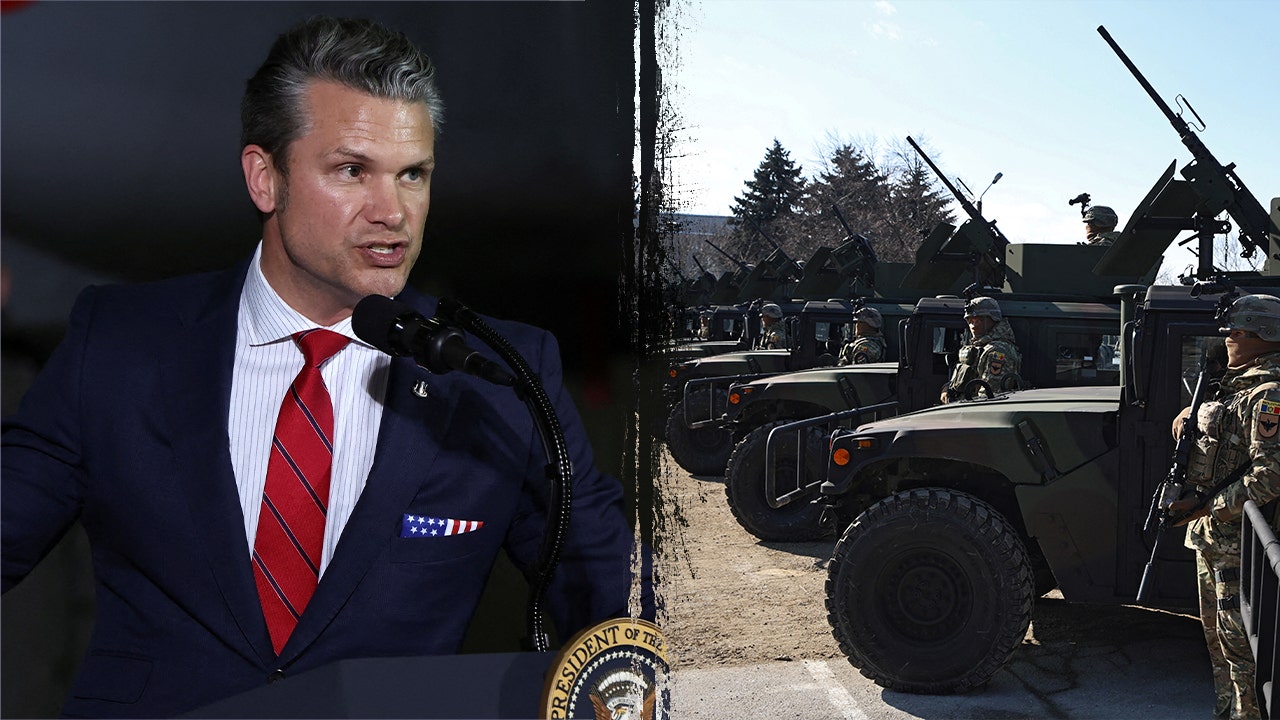The Pentagon acquisitions bureaucracy is broken. Here’s the plan to fix it

The Pentagon’s procurement system has long been the backbone of American military might, providing troops with iconic hardware like the battle-tested Humvee and cutting-edge Apache helicopter. However, according to the Army’s Chief Technology Officer, Alex Miller, this system is in dire need of an overhaul to keep up with the rapidly evolving threats of modern warfare.
Miller highlighted the outdated thinking and bureaucratic red tape that have kept the military stuck in a cycle of acquiring obsolete equipment. Despite the changing nature of conflicts, the Army still has over 100,000 legacy Humvees in its inventory, even though they proved vulnerable to roadside bombs during the War on Terror.
The problem, Miller explained, lies in the military’s adherence to post-Cold War acquisition processes that prioritize meeting requirements over adapting to emerging threats. This has led to a situation where even newer vehicles like the Joint Light Tactical Vehicle (JLTV) are at risk of becoming obsolete before they even hit the battlefield.
To address this issue, the Army is embarking on a transformative journey to streamline its acquisitions process and bring cutting-edge weapons systems from concept to deployment faster. This initiative, dubbed “Transforming in Contact,” involves sending requirement writers into the field to gather real-time feedback from soldiers, rather than relying on lengthy bureaucratic documents.
One of the key changes being implemented is a shift towards more unmanned systems, as evidenced by the fact that Ukraine has not requested a single Apache helicopter despite their capabilities. Miller emphasized the importance of listening to commanders on the ground and equipping soldiers with the most advanced gear available.
While modernization is crucial, it’s also important to reevaluate the necessity of certain legacy systems. Abigail Blanco, a defense expert, pointed out that expensive platforms like the RQ-4 Global Hawk may not always be the most cost-effective solution, especially when more affordable options like the U-2 spy plane are available.
Despite initial pushback from lawmakers and defense officials, the Army is determined to push forward with its acquisition reform efforts. By cutting through the bureaucratic red tape and working closely with commercial entities, the military aims to ensure that troops are equipped with the most advanced technology to stay ahead of adversaries who do not adhere to the same constraints.
In the end, the goal of acquisition reform is not to cut corners, but to adapt to the rapidly changing threat landscape and provide soldiers with the tools they need to succeed on the battlefield. By embracing a more agile and responsive approach, the Army is positioning itself to meet the challenges of the future head-on.




